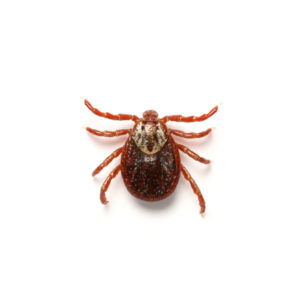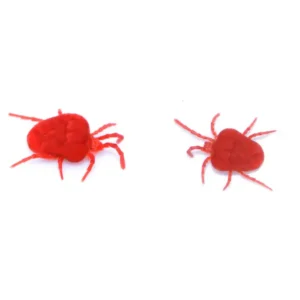Asian Longhorned Ticks in Long Island
As its name suggests, this tick species is not from here – it’s always been found in Asia, but since 2017, sightings indicate that its range has spread to many parts of this country. It is an invasive species and we don’t yet know if it will become a significant disease-spreading vector like many other tick species.
Asian Longhorned Tick Habitat
These ticks can be found by the hundreds or thousands when you discover a cluster of them. Typically, that will be in grassy areas or areas with lots of shrubs. Biologists are still assessing to determine if they prefer wooded or open areas. Asian longhorned ticks have been found on people, pets, wildlife, and livestock.
Asian Longhorned Tick Behaviors, Threats, or Dangers
One adaptation that has hastened the spread of Asian longhorned ticks is that females can lay thousands of eggs without a male partner. If you or a pet does get bitten by Asian longhorned ticks, remove them as soon as possible and continue to monitor the bite and how they are feeling. Based on our current understanding of these ticks, it seems less likely that you can get a tick-borne disease from them, but we don’t know enough to say anything with certainty.
To avoid being bitten, apply an insect repellent containing an EPA-registered ingredient, such as DEET. Also, consider wearing long-sleeved shirts and pants, preferably light-colored so ticks will be easy to detect, and tuck pants into socks.
If you are dealing with a tick problem, contact your trusted tick control experts for assistance today.





